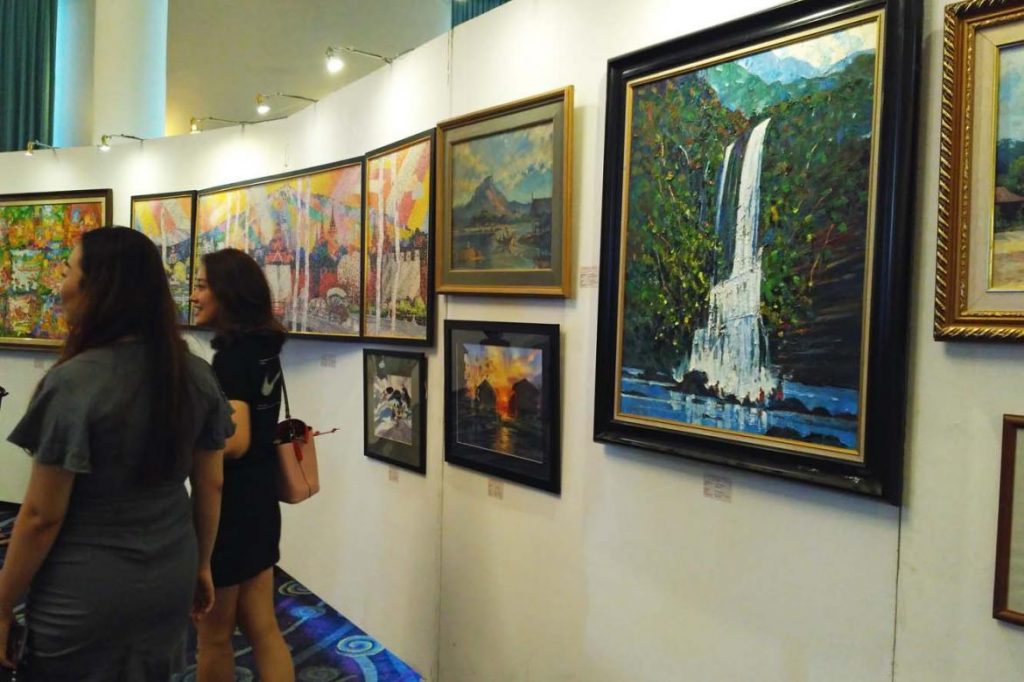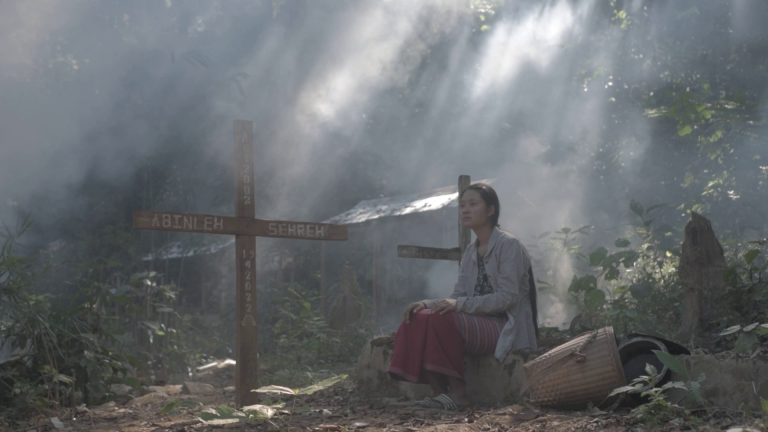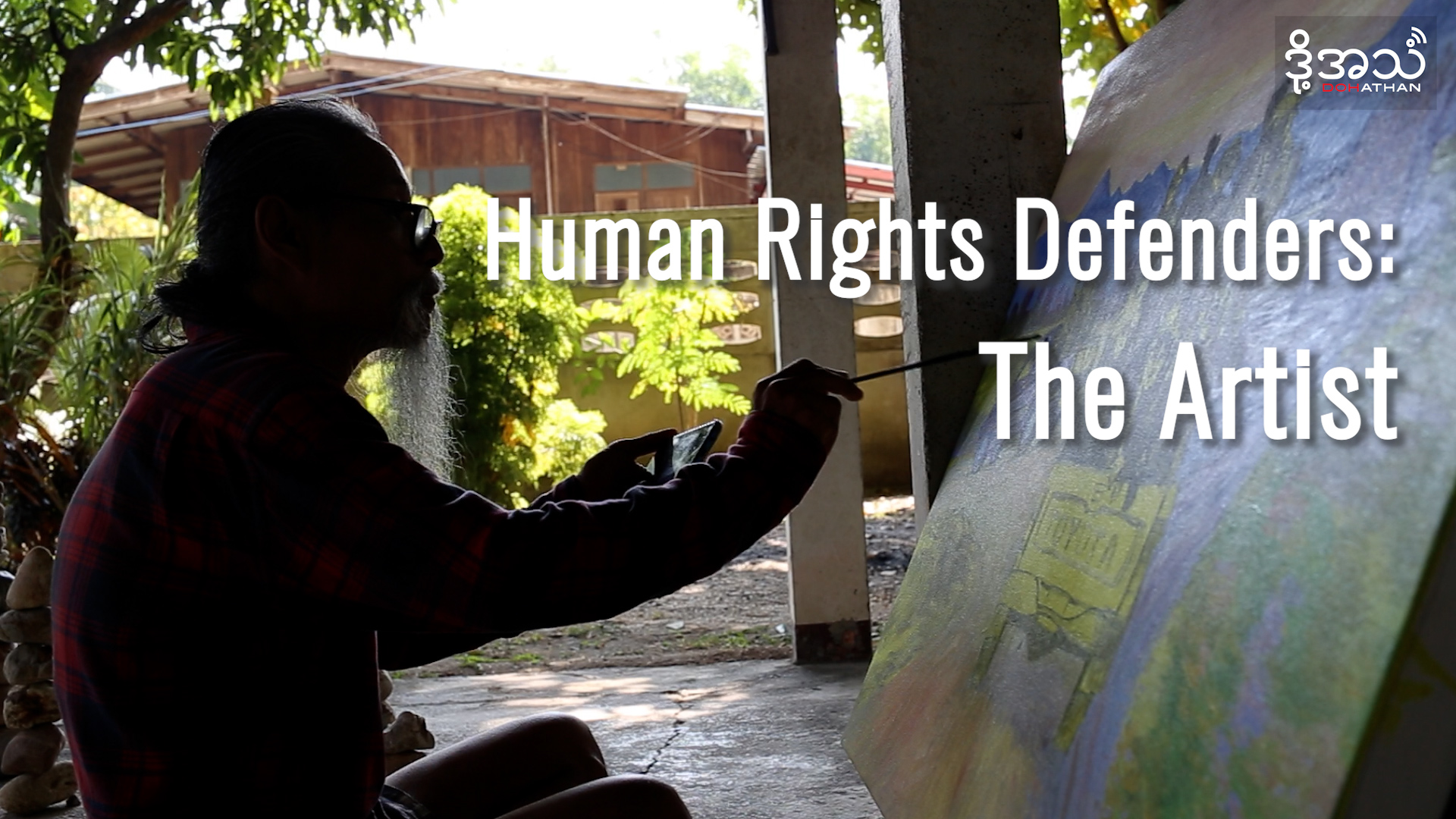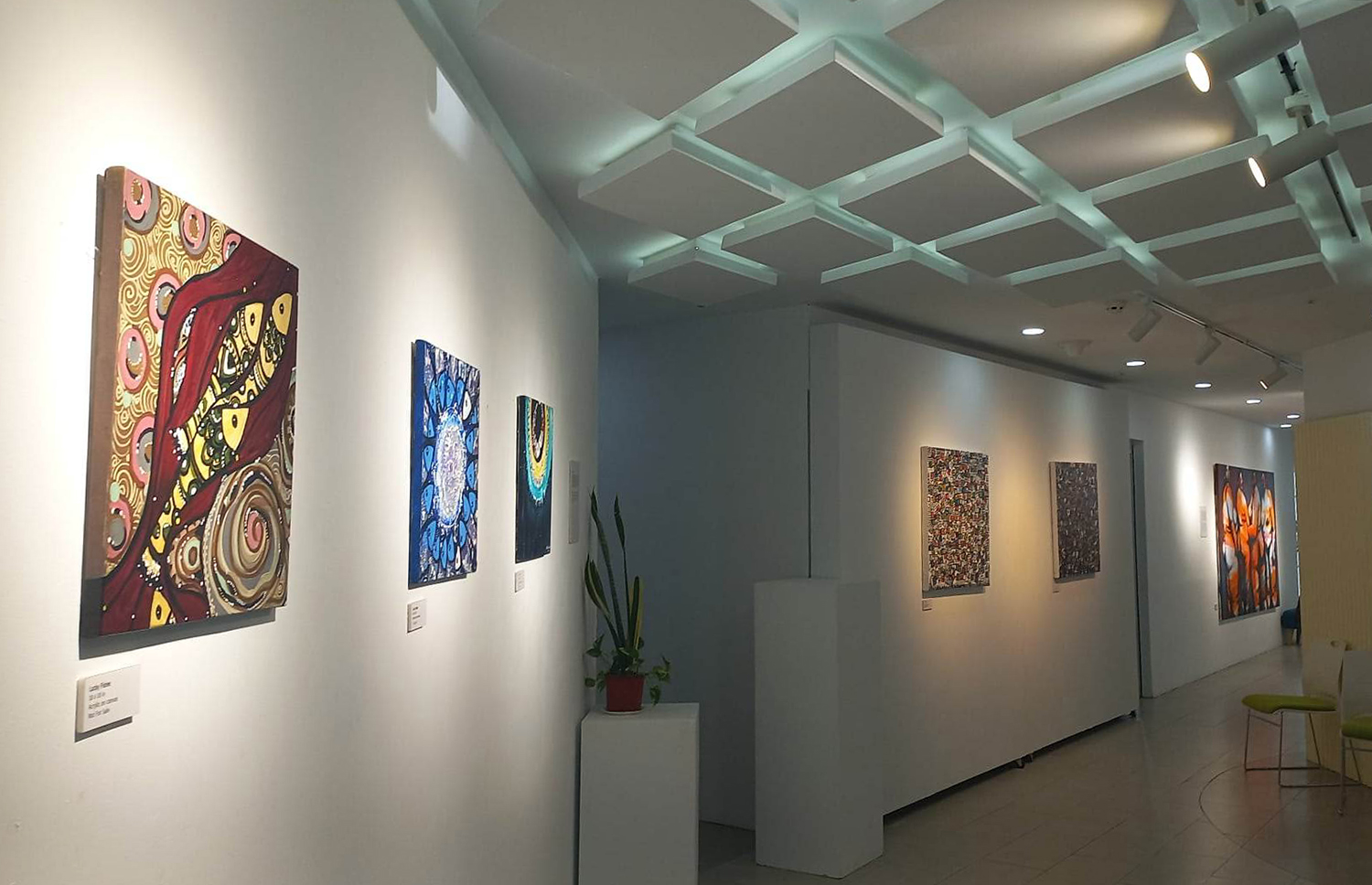From bargain hunters to forgery threats, the emerging art auction scene in Myanmar is being undermined by the challenges of an untested market.
By MYINT MYAT THU | FRONTIER
DESPITE two false starts, Myanmar Auction Company Ltd is planning to hold its third auction of curios and valuable paintings at Yangon’s Inya Lake Hotel on March 29.
MAC’s debut event last September was a disaster. Only seven curios sold out of more than 40 lots and there were no bids for any of the 60 paintings. MAC director U Ko Ko San, who embraces the unpredictable, was undaunted.
“Our ultimate aim is to blaze a trail for art auctions in Myanmar, so we can’t be deterred, even if we have lost a fortune and are likely to again,” he told Frontier.
To save expenses, MAC’s second auction on January 19 dropped the free buffet tea and lunch at Inya Lake Hotel that had contributed to the debacle at the debut event. However, the catalogue was upgraded from lists printed on cheap paper to a glossy technicolour production, and paintings were more carefully selected. They included works by high-profile masters such as Sayar Saung, U Ngwe Gaing and Paw Oo Thet, but, unfortunately, they did not attract any bids.
While Frontier was interviewing Ko Ko San the day after the second auction, he received a call from a prospective buyer who made an offer for one of the paintings. Ko Ko San said he would consider the offer and hung up. “I don’t know why they can’t bid at auction,” he said. “I don’t know why it embarrasses them.”
The caller later offered to buy the painting at a big discount on its reserve price at the auction. Four paintings were sold this way after the first auction.
“Most Myanmar tend to seek a bargain in everything they buy, but this is incompatible with auctions, which aim to help sellers achieve the highest price, wherever they are held,” Ko Ko San said. “I think you can see this upside-down picture of auctions only in Myanmar.”
MAC hopes to banish the bargain culture from art auctions in Myanmar and transform half-hearted participants into fully-engaged bidders. Achieving such change will take time and for now it wants those who attend its auctions to comply with some basic rules.
MAC wants every participating bidder at its auctions to register and pay a K1 million deposit for a bidding paddle. This is an alternative to bidders being required to provide proof of assets, as happens in some other countries. No one was prepared to pay the deposit at the two previous auctions, so MAC relented and distributed them free of charge. Ko Ko San said most participants were also reluctant to use their national identity card or driver’s licence to register.
There have been art auctions before in Myanmar but they usually feature one or two works. A painting by Daw Aung San Suu Kyi, of a fish behind bars, fetched US$150,000 at an online auction in 2017, and a sculpture and a portrait painting of Aung San Suu Kyi realised $80,000 and $43,000, respectively, at a charity auction in 2018. Proceeds from both auctions were donated to the Daw Khin Kyi Foundation, a charity named after Aung San Suu Kyi’s mother.
But for now, commercial auctions of the type attempted by MAC are an unfamiliar element in the Myanmar art scene.
MAC is not the sole innovator, though. In October last year, the Myanmar-based Art Asia Connect Co Ltd held a two-day event in Yangon that included 17 paintings and two sculptures for auction, and more than 50 paintings and two sculptures that were exhibited at the event with fixed prices.
After MAC’s disappointment the previous month, AAC co-founder Ko Kyaw Kyaw Lin told Frontier the day before the auction that he rated its chances of failure at 90 percent, which he hoped to reduce by 10pc at subsequent auctions.
“What [MAC] did was new to Myanmar, so it was impossible to make predictions,” Kyaw Kyaw Lin said. “We are very aware of [MAC’s experience] and we want to learn from it.”
As it turned out, Kyaw Kyaw Lin was being overly pessimistic. Four paintings and three sculptures sold at the auction. Prominent artist Zaw Win Pe’s painting “Hero” fetched the highest price, of $5,800. Collectors also bought seven of the fixed-price paintings. AAC also made money from the sale of auction dinner tickets at $99 each, whereas admission was free to the MAC events and included a free catalogue.
Also in AAC’s favour was that almost all of the paintings it featured were by living artists, minimising the risk of forgery. Authenticity is a concern for MAC because most of the artists it features were active decades ago and have died. They include U.M.T. Hla (1874-1946), Yatanabon Maung Su (1903-1965) and Paw Oo Thet (1936-1993).
“There are many pieces that failed to make both auctions because of their dubious provenance,” said Ko Ko San. “For the second auction, we had to reject and send back almost half of the artworks submitted.” He said one man wanted to sell what he said was a Chinese Xing dynasty artwork but could provide no documents to prove its origin.
“We do not have our own equipment to check the age and provenance of artworks but we plan to acquire it later,” he said.
In some cases, MAC has conferred with the relatives and close friends of late master artists to try to determine their authenticity but that is not always possible. It also consults with art experts if it is concerned that a painting might be a forgery.
The lots of curios are expected to attract more interest from buyers than the paintings at MAC’s auction later this month. Of the 40 lots of curios at the previous auction, 12 sold and the highest price was realised for an antique rolling ball clock that went for $5,000.
Ko Ko San believes that those who attend auctions in Myanmar regard paintings as bad value because they judge them chiefly as material objects – that is, attractive arrangements of paint on canvas – to be assessed alongside antique and craft pieces. “I think that when it comes to paintings most Myanmar think they are expensive because they always compare them with products that have nothing to do with art,” he said.
Works at the second auction included two paintings by Yatanabon Maung Su owned by a Scottish professor who hoped they would be bought by a Myanmar collector. However, the paintings, “Burmese Old Man” and “Kachin Old Woman”, were unsold and returned to Scotland with their owner.
Ko Ko San said the professor had refused to sell them at home.
“It’s an open secret that we have been facing an extreme outflow of Myanmar art for decades and a huge auction market for Myanmar paintings has developed in Hong Kong and Singapore,” Ko Ko San said.
“I am not saying I won’t sell to foreigners at our auction, but it’s a shame that we cannot create our own market with our own art.”
To ward against the spread of COVID-19, MAC says it will provide free surgical masks, hand sanitizer and gloves to everyone attending the March 29 auction.







